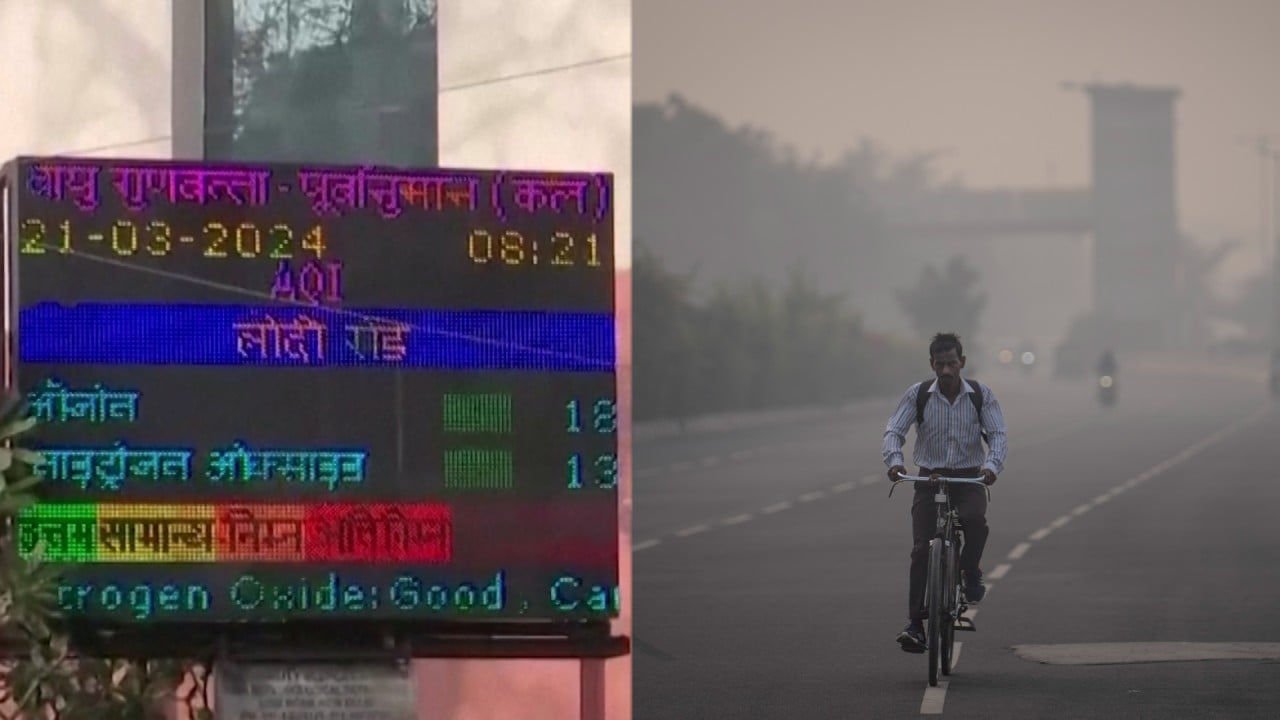‘Forever chemicals’: Chinese scientists use AI to help detect unreported carcinogenic pollution around the world
- PFAS, widely used due to resistance to oil, water and heat, has been restricted or banned around the world but use of substitutes is hard to track
- Team uses molecular network screening tool, enhanced using machine learning, to find and examine impact of potentially carcinogenic unreported chemicals

Potentially carcinogenic chemicals are prevalent worldwide and going unreported, according to Chinese scientists who identified unknown “forever chemicals” in the environment with the help of machine learning.
The team’s new identification platform will make it possible to find and examine the impact of the synthetic chemicals in the environment, opening up opportunities for better risk management.
“Banning legacy PFAS, however, has led to the increased use of PFAS substitutes that have not been adequately tested for safety, or publicly disclosed due to trade secret protection,” the researchers wrote in a paper published in the peer-reviewed journal Science Advances on Thursday.
“New PFAS are kind of like cousins to the old ones – they share similar properties and similar structural features, but [are] not completely consistent,” said Wei Si, the paper’s corresponding author and a professor at Nanjing University.
